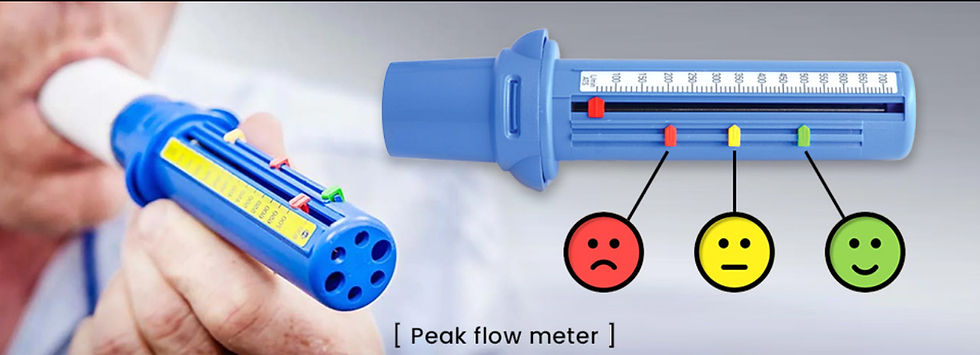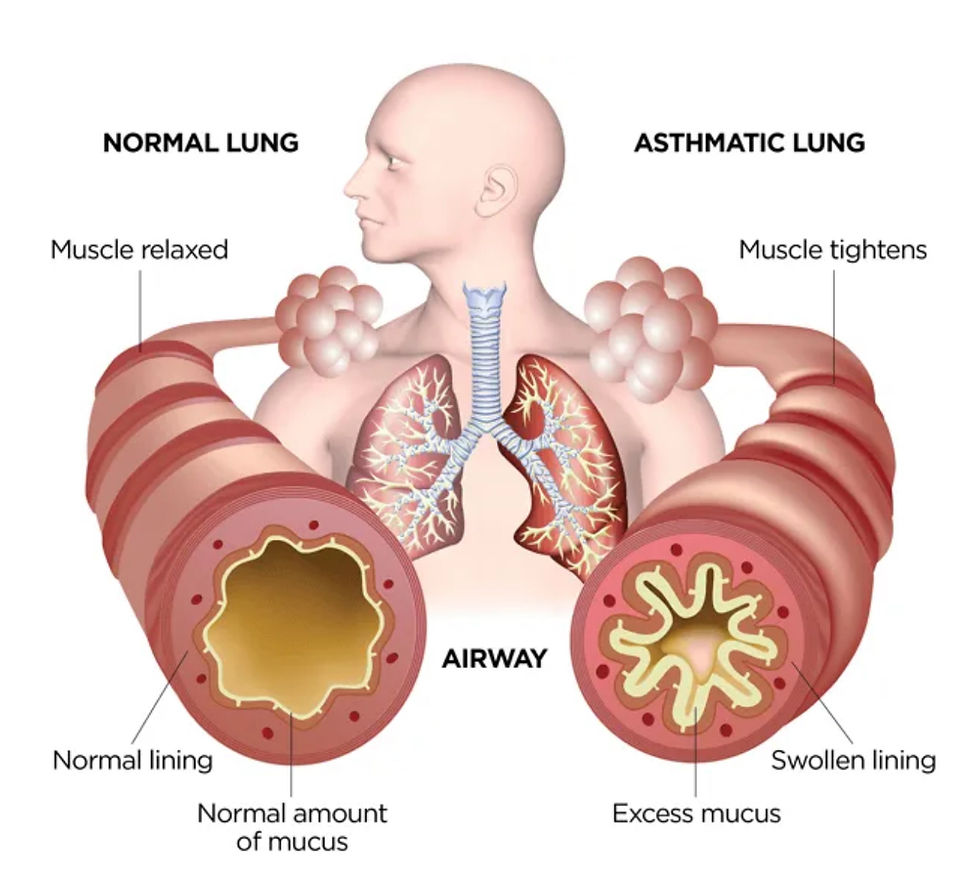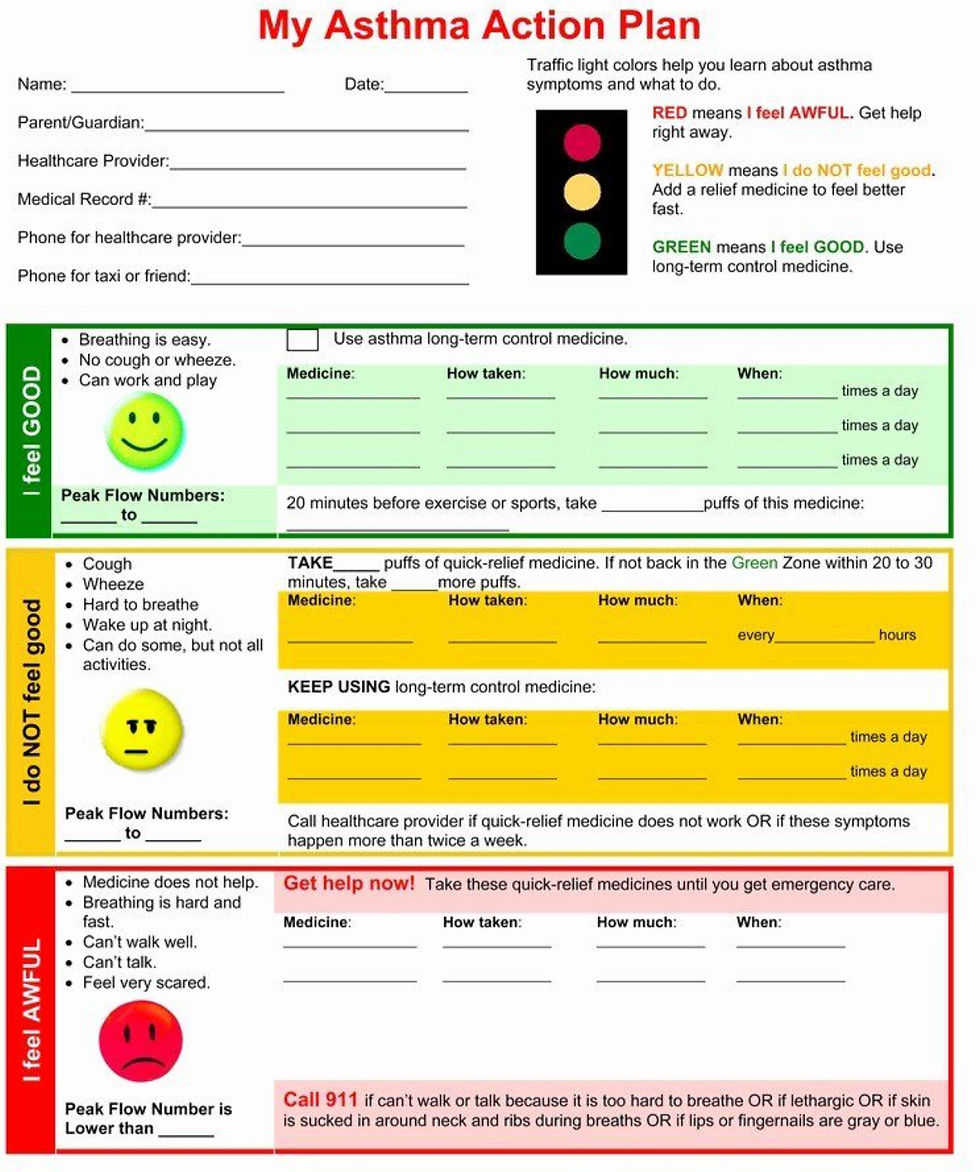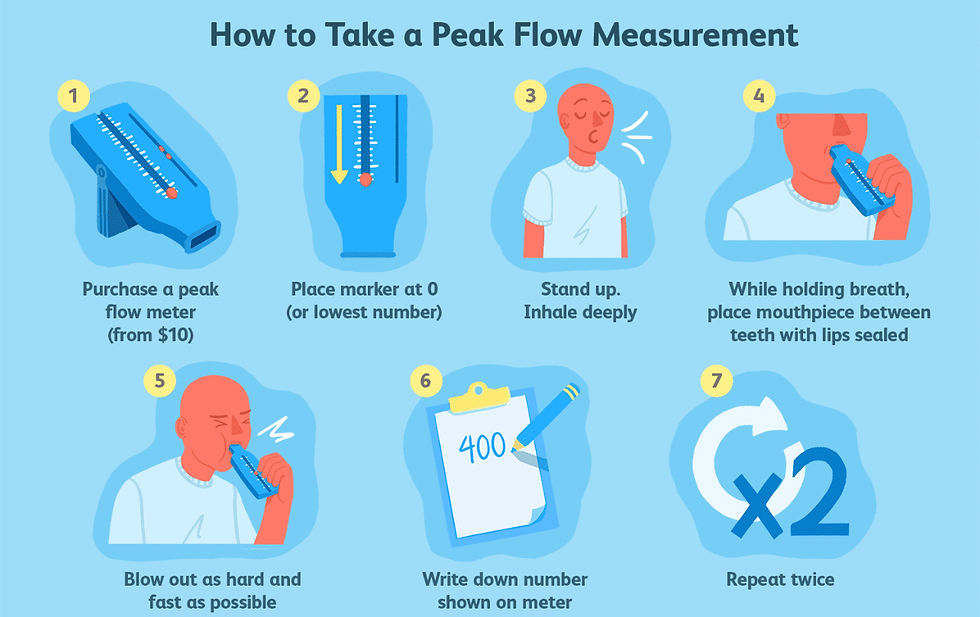
Asthma, a chronic respiratory condition affecting millions worldwide, requires careful management to ensure those living with it can lead fulfilling lives.
One essential aspect of asthma management is peak flow measurements. These simple yet invaluable tests offer vital insights into lung function and help individuals and healthcare professionals monitor and adjust treatment plans effectively.

What is Peak Flow Measurement?
Peak flow measurement involves using a handheld device called a peak flow meter to assess how well air moves out of the lungs.
The test measures the maximum speed at which a person can expel air from their lungs in one breath, indicating the strength of their respiratory muscles and the degree of airway obstruction.

How Does it Help in Asthma Management?
Monitoring Lung Function:
Regular peak flow measurements allow individuals to track changes in their lung function over time. By establishing a baseline reading when asthma symptoms are well-controlled, any deviations from this baseline can indicate worsening asthma symptoms or an impending asthma attack.

Assessing Asthma Control:
Peak flow measurements serve as a quantitative indicator of asthma control. Consistently low peak flow readings may signify poorly managed asthma, prompting adjustments to medication dosages or treatment plans to prevent exacerbations.
Predicting Asthma Attacks:
A significant drop in peak flow measurements often precedes asthma attacks. By recognizing these warning signs early, individuals can take proactive measures, such as adjusting medication or avoiding triggers, to prevent severe asthma episodes.

Guiding Treatment Decisions:
Healthcare professionals use peak flow measurements to tailor asthma treatment plans to individual needs. By correlating peak flow data with symptoms and medication usage, they can make informed decisions about medication adjustments, including initiating or stepping up controller medications during exacerbations.

How to Perform Peak Flow Measurements
Performing peak flow measurements is simple and can be done at home with a peak flow meter. Here's a basic guide:
Prepare the Meter: Set the marker on the peak flow meter to the lowest level.
Stand Up: Stand up straight, ensuring a clear airway.
Take a Deep Breath: Inhale as deeply as possible.
Seal Lips Around Meter: Place the mouthpiece of the peak flow meter in your mouth, sealing your lips around it.
Blow Out Hard and Fast: Blow out as hard and fast as you can into the meter.
Record the Reading: Note the highest reading displayed on the meter.
Repeat: Perform the test three times, recording the highest reading each time.
Record Results: Keep a record of the peak flow measurements, including the date and time of each test.

Conclusion
Peak flow measurements play a crucial role in asthma management, offering valuable insights into lung function and aiding in the early detection of worsening symptoms or impending asthma






Comments